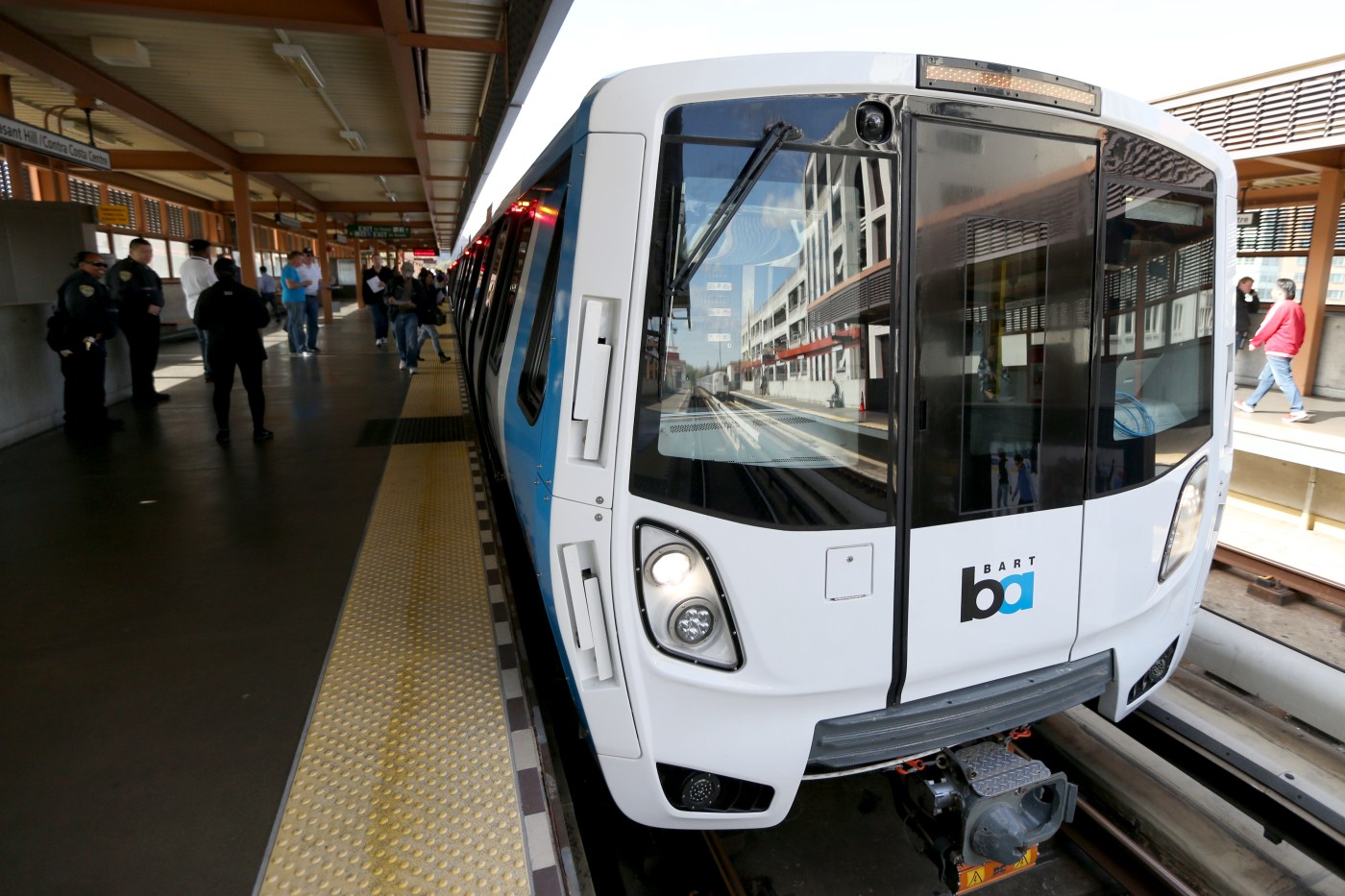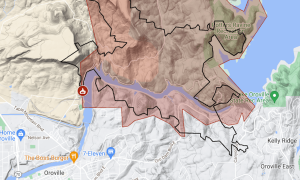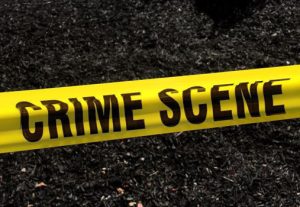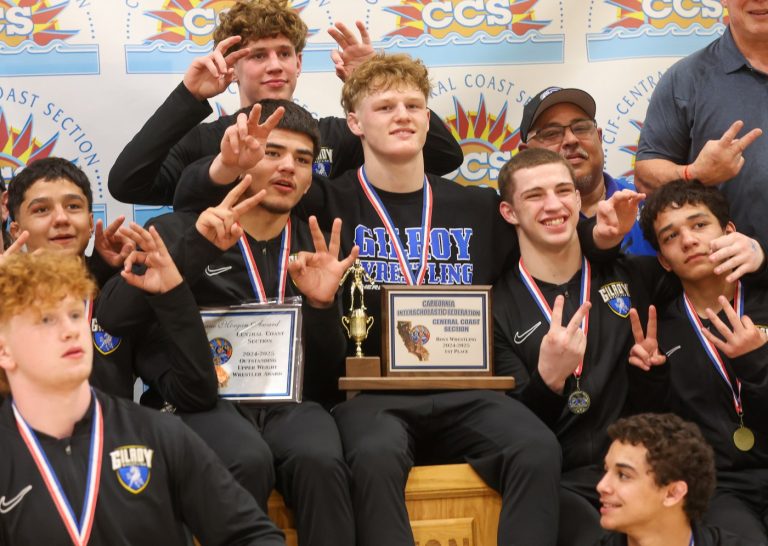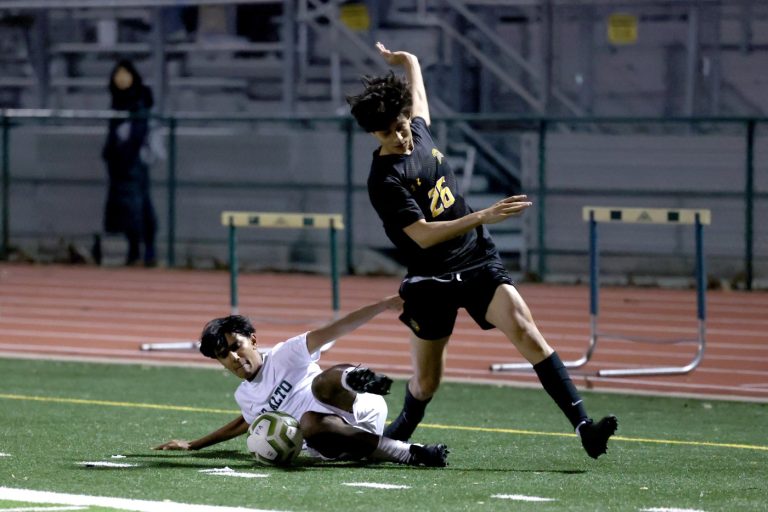The Santa Clara Valley Transportation Authority is banking on more than $6 billion from the feds to help complete a ring of rail around the Bay Area with the San Jose BART extension, but the federal agency that holds the purse strings has some sticky concerns.
The 6-mile, four-station BART extension that will run from the Berryessa Transit Center in north San Jose through downtown and up to Santa Clara has faced challenges along the way, as the price tag has skyrocketed from $4.4 billion to $12.75 billion in the last decade and its opening date has been pushed back from 2026 to 2037.
VTA, the agency in charge of the project, broke ground last month, but a critical piece of the project still hangs in the balance: $6.297 billion in federal funding that would cover 49.4% of costs. The Federal Transit Administration is expected to rule on the dollar amount in the coming weeks, but a February report recently obtained by this news organization through a Freedom of Information Act request details a slew of additional risks that could drive up costs or create more delays.
One of those risks is VTA’s controversial decision to go with a single-bore tunnel design. The approach is a departure from BART’s decades-long practice of using a twin-bore tunnel design with two smaller side-by-side tunnels instead of one large one. VTA last year ordered a $76 million tunnel boring machine, akin to a mechanical earthworm, that is 54-feet in diameter and will dig one of the largest subway tunnels in the nation in Silicon Valley.
“The larger bore machine has the potential for slower mining speeds and greater maintenance schedules according to tunnel boring machine research,” the FTA report said. “This has the risk of cost escalation for schedule delays due to the tunneling on the project schedule critical path.”
In March, VTA told the Mercury News that it would conduct a cost-analysis of the twin-bore tunnel design — something the agency never did in years past despite pleas from some transit advocates. Since then, VTA officials have made it clear that they have no intent to change course.
In a statement, VTA said that its “costs and schedule estimates were updated to address comments” from federal officials, “including the risk of a slower tunnel boring machine advance rate.” It said the duration and scheduling of the tunneling will be negotiated with the contractor, Kiewit Shea Traylor.
The feds raise several other concerns in the report that could further compound challenges, such as inflation rates for transit projects that are ticking higher in California than the national average and what they describe as a lack of a clear plan for the $2.7 billion in contingency funds that VTA has set aside in case something goes wrong.
VTA said that its staff is in the process of “updating the Risk and Contingency Management Plan” to be included in the agency’s submission for the federal grant money.
The agency is also bracing for the potential for litigation over two separate environmental reviews for the project with complaints about the impact on air quality, traffic, and street vendors.
In June, a law firm representing the San Jose Sharks pro hockey team sent two separate letters to VTA arguing that the transit agency has yet to study the impact that construction along West Santa Clara Street, where the SAP Center is located, will have on hockey games and concerts.
“Closing the sidewalk on the south side of West Santa Clara Street during the construction period will result in new or substantially more severe impacts on transportation, emergency access and hazards, among others,” lawyers for the team wrote in one of the letters. “If the sidewalk on the south side of West Santa Clara Street is closed, it is reasonably foreseeable that vendors will be displaced to the north side of West Santa Clara Street and other areas around SAP Center.”
The law firm argues that displacing the vendors will impact traffic and potentially block fire exits. They estimate that about 25 street vendors plus 100 hot dog carts typically fit in the area.
Meanwhile, concerns that VTA won’t get the full 49.4% it’s asking for from the government are rising. Santa Clara County Supervisor Cindy Chavez, who serves as the chair of VTA’s board of directors, said she was “alarmed” when she found out the feds didn’t fully fund another local transit project.
In May, the FTA committed $3.4 billion to the Transbay Downtown Rail Extension Project that will extend Caltrain from the Fourth and King streets station to the Salesforce Transit Center in downtown San Francisco. Project designers had asked the feds to cover 49.4%, or $4.077 billion, of the total cost. However, the feds ended up only allocating money for 41% of the project.
Related Articles
Letters: Firing required | Trump undeserving | Fact-checker gold | ‘Failing nation’ | Biden should withdraw | Better serve
Capitol Station reopened after VTA light rail slides off tracks
Waiting for a VTA bus that doesn’t come
VTA General Manager Carolyn Gonot has been a boon for the VTA: Letter to the editor
What’s open and closed in the Bay Area on Juneteenth? Find out here
Chavez said Santa Clara County has taxed itself “pretty significantly” for the San Jose BART extension and that it should show the federal government how committed VTA is to the project.
“We are not coming to the table with 30% of the money we are coming with 51% and we are shovel ready,” she said. “The urgency I’m feeling is pretty profound.”
VTA said in a statement that the agency is “amid intense conversations with the Federal Transit Administration and fighting for every dollar we can secure for this project, which will create 75,000 well-paying jobs and provide the potential for further development of housing and commercial property.”
“It is a very competitive landscape for transit project funding,” VTA said. “We are fighting for every dollar we can secure for this project.”
